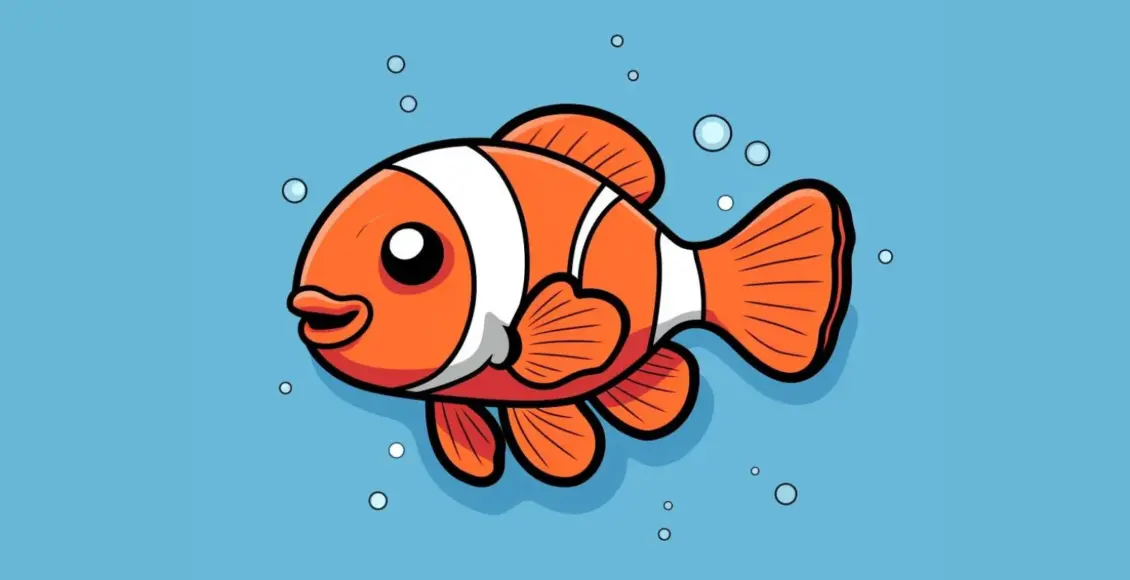Nemo and the humpback whale: an aquatic parable
Without the culture and mythology that was created around them, Nemo and Dory would just be fish. Branding, when well conducted, is what transforms products into something that transcends their physical value. It's what turns fish into Nemo and Dory.

Despite the title, I continue writing about the same themes: the role that brands play in our lives and in the lives of companies. You will understand later.
This is something that happened several years ago, but it could happen again today. The protagonist of the story I'm going to tell was Fernando Jucá, an outstanding professional, who we had the enormous privilege of having been one of the directors of our company. And he continues to be a great and dear friend. Below is the story told and interpreted by him.
He went to Chicago for a branding course at the Kellogg School of Management. As he arrived before the course started, to make the most of the time, he did some programs. One of them was visiting the spectacular Shedd Aquarium. One of those aquariums that many cities are proud of and claim to be the largest in the world. By the way, have you noticed this? I've never been there, but everything indicates that it's truly outstanding.
Jucá really wanted to meet the whale that stayed there. He went up in an elevator, full of children around him. And you can already imagine what was going on in their little heads: seeing this wonderful cetacean, an aquatic mammal that you only see in biology classes and in movies. The elevator stopped and everyone got out. Imagine Jucá worried about competing with all the children to see the animal, after 8,000 kilometers of travel.
Surprise! The battalion of children skipped away in the opposite direction. Ufa! There he went, without congestion, to see the Cretaceous.
The first two feelings he reported to us. The grandeur of the animal in front of you in full, something that everyone should have the right to see once in their life. And the second feeling: with this wonder of nature, why would kids go looking for something else, undoubtedly less important? And he said to himself: “Children are really stupid animals. Exchange this whale for any other nonsense”!
Intrigued, he decided to go in search of the kids. Not far away, he found the group again, huddled around another aquarium. And almost everyone, in unison, shouted frantically: “Nemo! Nemo! Nemo!”
Even more unhappy with this supposed naivety of the children, he went back to the elevator and went down.
I don't remember when exactly, but shortly after coming down, he told me that his eyes lit up: Eureka!
“I was naive! Because the children, much more lucid than me, did something that only the freest and most restless spirit is capable of doing.” And then came the explanation, which only someone with a luminous mind like Jucá's is capable of constructing: “The children, wisely, exchanged a few tons of commodity for 3 centimeters of brand. I’m a stupid animal!”
I remember saying something like this to him: I don't know if the course at Kellogg was good, but you taught the first class. This story is unforgettable, for some very special reasons.
Because it is one of the most inspiring ways to understand the power that some brands have to generate powerful bonds of charm and involvement.
Secondly, because the value of a brand is much less linked to the materiality of the product than one might imagine. Without the culture and mythology that was created around them, Nemo and Dory would just be fish. Branding, when well conducted, is what transforms products into something that transcends their physical value. It's what turns fish into Nemo and Dory. This is what transforms rice into Sepé. Transforms coffee into 3 Hearts. Transforms chocolate into Boy. Transforms transport into White Eagle. And so many other “magic” like these. In other words, branding is capable of creating different perceptions and feelings for things that, physically or technically, are very similar to each other.
Jucá, thank you very much for the great teaching of this true parable! And always be wary of hasty conclusions about supposed childish naivety.